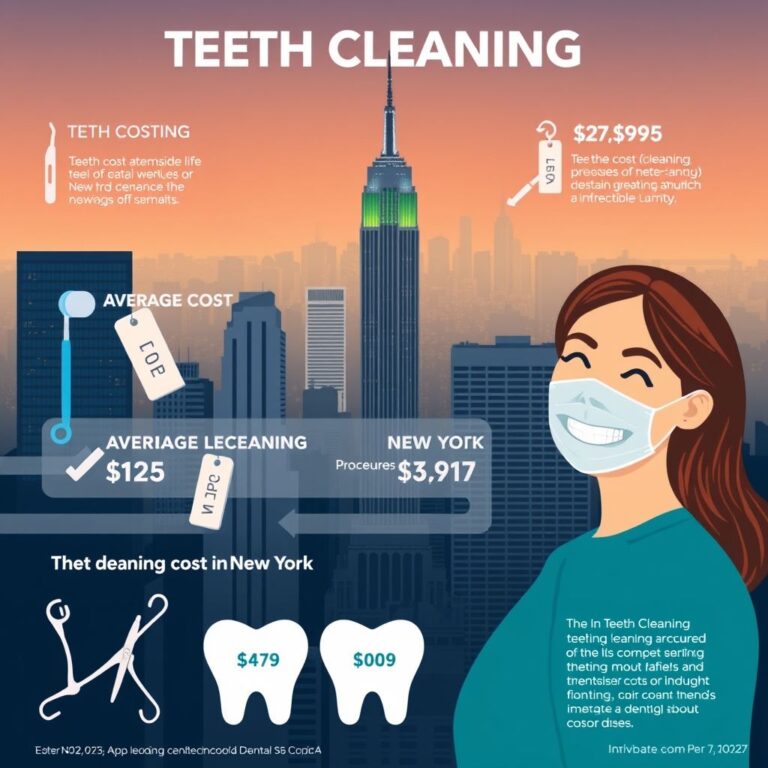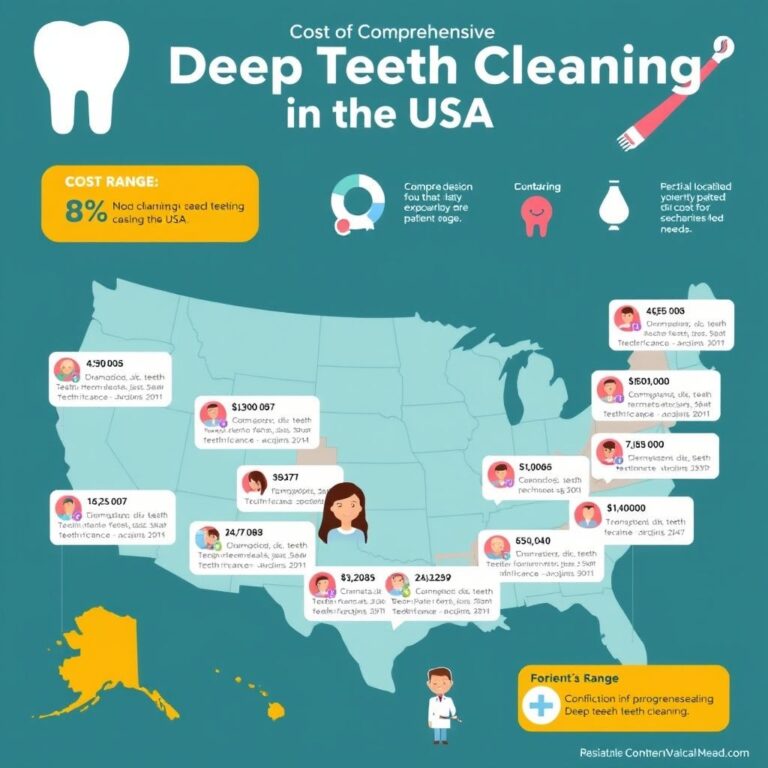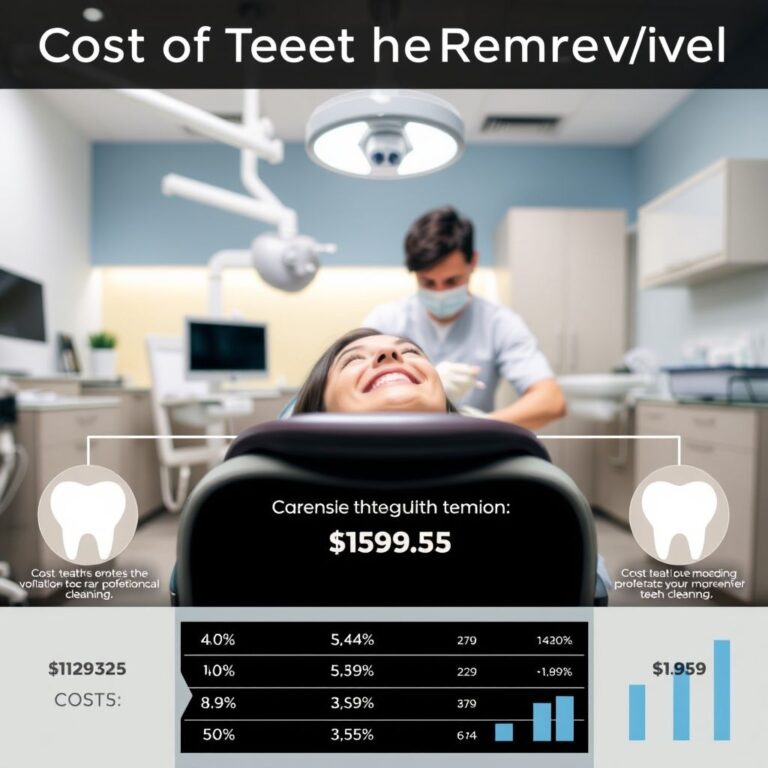The Comprehensive Guide to 3-Month Periodontal Maintenance Cost
Periodontal maintenance is a critical component of oral health, particularly for individuals who have been treated for periodontal disease. Regular maintenance helps prevent the recurrence of the disease and ensures overall dental health. This article delves into the details of 3-month periodontal maintenance cost, exploring the factors that influence it, the importance of regular maintenance, and how to effectively manage these costs.

The Importance of Periodontal Maintenance
Periodontal maintenance involves regular check-ups and cleanings that go beyond standard dental cleaning. For those with a history of periodontal disease, it is essential to prevent the recurrence of infection and to maintain the health of the gums and supporting structures of the teeth. The American Academy of Periodontology recommends periodontal maintenance every three months to effectively manage periodontal health.
Factors Influencing the Cost of 3-Month Periodontal Maintenance
1. Geographic Location
The cost of periodontal maintenance can vary significantly depending on the geographic location. Dental practices in urban areas or regions with a higher cost of living typically charge more than those in rural areas.
2. Dental Practice
The type of dental practice also influences the cost. Specialist periodontal practices may charge more than general dental practices due to the expertise and advanced equipment available.
3. Frequency of Visits
Regular visits every three months can add up, but they are crucial for maintaining periodontal health. Skipping appointments can lead to more severe problems and higher costs in the long run.
4. Level of Disease
The severity of the periodontal disease at the time of treatment initiation can influence the cost. More advanced disease often requires more intensive and frequent maintenance.
5. Insurance Coverage
Dental insurance can significantly offset the cost of periodontal maintenance. It is essential to understand the extent of coverage provided by your insurance plan.
Cost Breakdown of 3-Month Periodontal Maintenance
To understand the costs better, let’s break down the typical expenses associated with 3-month periodontal maintenance.
| Procedure | Average Cost (USD) |
|---|---|
| Initial Periodontal Examination | $50 – $150 |
| Periodontal Maintenance Visit | $100 – $300 |
| Scaling and Root Planing (per quadrant) | $200 – $400 |
| Follow-up Visits | $75 – $200 |
Detailed Analysis of Each Cost Component
1. Initial Periodontal Examination
This examination is critical for assessing the current state of periodontal health and planning the maintenance schedule. It includes a thorough evaluation of the gums, measurement of periodontal pockets, and x-rays.
2. Periodontal Maintenance Visit
These visits typically involve deep cleaning to remove plaque and tartar build-up, especially below the gum line. They may also include polishing the teeth and applying fluoride treatments to strengthen the enamel.
3. Scaling and Root Planing
For patients with more advanced periodontal disease, scaling and root planing may be necessary. This procedure involves a deep cleaning of the roots of the teeth to remove bacterial toxins and smooth the root surfaces to prevent future build-up.
4. Follow-up Visits
Follow-up visits are essential for monitoring the health of the gums and ensuring that the periodontal disease is under control. These visits often include professional cleanings and assessments.
Strategies to Manage Periodontal Maintenance Costs
Managing the costs associated with periodontal maintenance can be challenging. Here are some strategies to help mitigate these expenses:
1. Dental Insurance
Ensure you have a comprehensive dental insurance plan that covers periodontal maintenance. Review your policy details to understand what is covered and what your out-of-pocket expenses will be.
2. Flexible Spending Accounts (FSAs) and Health Savings Accounts (HSAs)
FSAs and HSAs allow you to set aside pre-tax dollars for medical expenses, including dental care. Utilizing these accounts can help reduce the financial burden.
3. Payment Plans
Many dental practices offer payment plans that allow you to spread out the cost of treatment over several months. Discuss payment options with your dental provider.
4. Preventive Care
Maintaining good oral hygiene at home can reduce the frequency and severity of periodontal maintenance visits. Brushing twice a day, flossing daily, and using an antiseptic mouthwash can help keep periodontal disease at bay.
The Role of Advanced Technology in Periodontal Maintenance
Advancements in dental technology have made periodontal maintenance more effective and comfortable. Here are some of the technologies that are commonly used:
1. Laser Therapy
Laser therapy can be used to remove infected tissue and promote healing. It is less invasive than traditional methods and can reduce discomfort and recovery time.
2. Digital X-rays
Digital x-rays provide high-quality images with lower radiation exposure. They are crucial for accurately diagnosing periodontal issues and planning treatment.
3. Ultrasonic Scaling
Ultrasonic scalers use high-frequency vibrations to remove plaque and tartar. They are more efficient and comfortable than manual scaling instruments.
Benefits of Regular Periodontal Maintenance
Regular periodontal maintenance offers numerous benefits beyond preventing disease recurrence. Here are some of the key advantages:
1. Improved Oral Health
Regular cleanings help remove plaque and tartar, reducing the risk of cavities and gum disease.
2. Early Detection of Issues
Frequent visits allow for the early detection and treatment of dental issues, preventing them from becoming more severe and costly.
3. Fresher Breath
Deep cleanings help eliminate bacteria that cause bad breath, leading to fresher breath and improved self-confidence.
4. Overall Health Benefits
Maintaining good oral health is linked to overall health. Poor oral health has been associated with conditions such as heart disease, diabetes, and respiratory infections.
Periodontal Maintenance and Lifestyle Choices
Your lifestyle choices can significantly impact your periodontal health and the effectiveness of maintenance visits. Here are some factors to consider:
1. Diet
A balanced diet rich in vitamins and minerals supports healthy gums. Avoid sugary foods and beverages that can contribute to plaque build-up.
2. Smoking
Smoking is a significant risk factor for periodontal disease. Quitting smoking can greatly improve the health of your gums and the success of periodontal maintenance.
3. Stress Management
Chronic stress can weaken the immune system and increase the risk of periodontal disease. Practices such as meditation, exercise, and adequate sleep can help manage stress levels.
FAQs About 3-Month Periodontal Maintenance Cost
1. Why is periodontal maintenance necessary every three months?
Regular maintenance every three months helps control the progression of periodontal disease by removing plaque and tartar build-up that can accumulate within this time frame.
2. Can I reduce the cost of periodontal maintenance?
Yes, maintaining good oral hygiene at home, having comprehensive dental insurance, and discussing payment plans with your dental provider can help manage costs.
3. What happens if I skip my periodontal maintenance visits?
Skipping visits can lead to the recurrence of periodontal disease, more severe oral health issues, and higher treatment costs in the long run.
4. Is periodontal maintenance covered by insurance?
Many dental insurance plans cover periodontal maintenance, but the extent of coverage varies. It’s important to review your policy details.
Conclusion
Periodontal maintenance is essential for those who have been treated for periodontal disease. Regular 3-month visits help prevent the recurrence of the disease and maintain overall oral health. While the cost of these visits can add up, there are strategies to manage and reduce expenses. By understanding the factors that influence costs and taking proactive steps in maintaining oral hygiene, individuals can effectively manage their periodontal health.
Additional Resources
- American Academy of Periodontology: www.perio.org
- National Institute of Dental and Craniofacial Research: www.nidcr.nih.gov
- MouthHealthy by the American Dental Association: www.mouthhealthy.org


